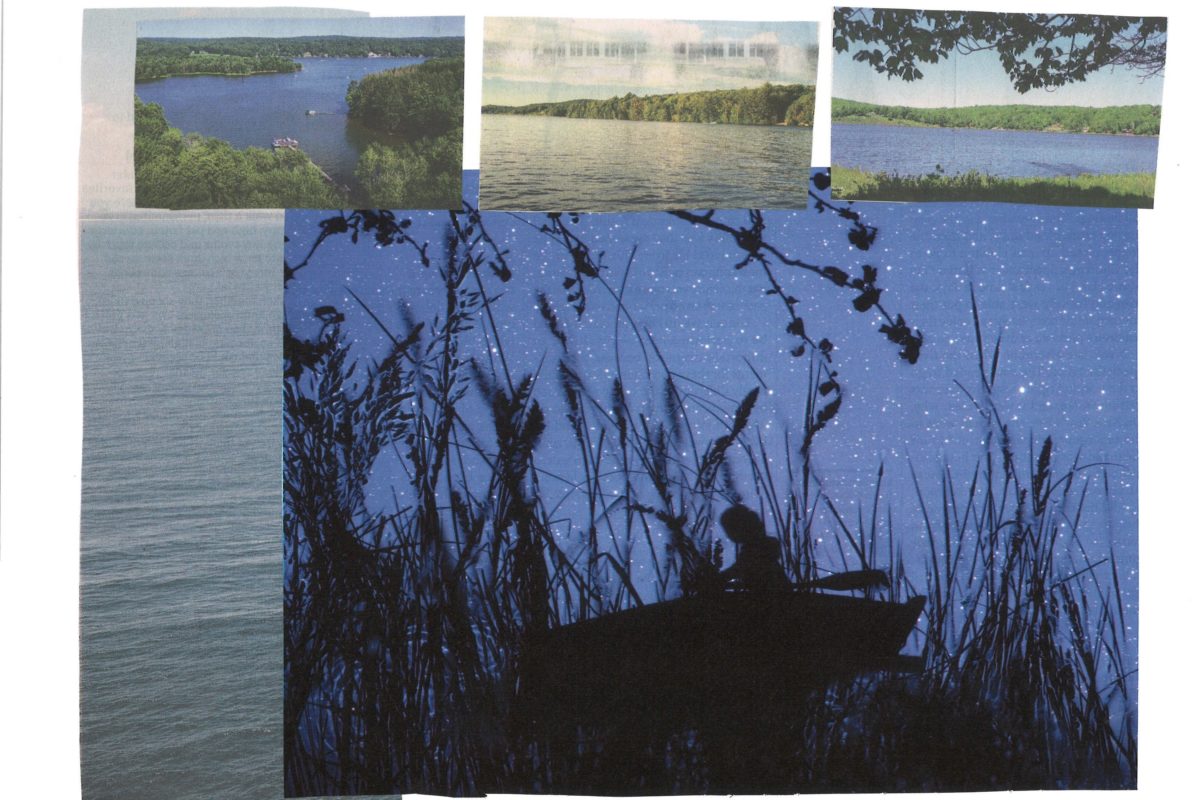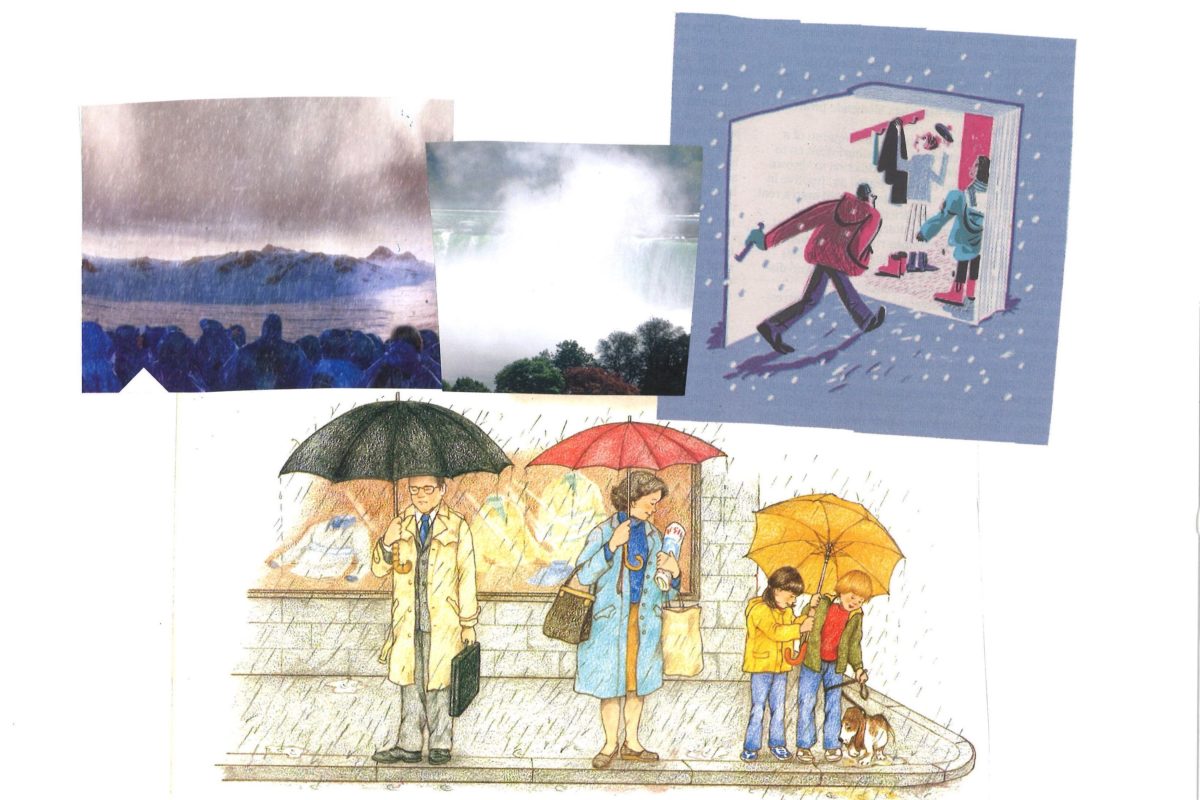What’s the Difference Between a Rainforest and a Jungle?
Right now, as you read this, the Amazon rainforest is burning. Approximately one and a half soccer fields’ worth of rainforest is being destroyed every minute of every day. The amount of deforestation has increased by 80% since this time last year, and the number of fires has increased by 85%.
But what is actually burning? What, exactly, is a rainforest? And what’s the difference between a rainforest and a jungle?
A jungle is an area that’s densely overgrown with trees and tangled vegetation, usually in a warm place with a high rainfall. Their floors are thick with vines, shrubbery, and tons and tons of insects, making it super difficult to make your way through one. The term “jungle,” however, is a descriptive term, not a scientific one—it doesn’t actually refer to a specific ecosystem.
But “rainforest” does. A rainforest, like a jungle, is filled with thick vegetation—but unlike a jungle, it has a layer of tall trees, called a canopy, that blocks out most of the sunlight. This canopy prevents light from reaching the ground, inhibiting the growth of plants on the forest floor. So while jungles have a ton of stuff happening below your feet, rainforests don’t—most of the action is happening in the trees above.
Rainforests are Earth’s longest-surviving ecosystems, with some areas lasting in their present form for 70 million years. Tropical and/or temperate rainforests can be found on every continent besides Antarctica. Tropical rainforests sit between the Tropic of Cancer and the Tropic of Capricorn, and they are hot and super humid; the temperatures fall between 70°F and 80°F year-round, with an average humidity of 77% to 88% and 80 to 400 inches of rain per year. Temperate rainforests, on the other hand, are found in mostly coastal, mountainous areas; they get their rain when the moist, hot air that comes off of the coast gets trapped by the nearby mountains. The temperatures in temperate rainforests are usually between 50 and 70°F, and they receive more like 60 to 200 inches of rain per year. You’ll find these in places like the Pacific Northwest, Chile, the United Kingdom, Japan, New Zealand, and southern Australia.
These descriptions, though, don’t quite illustrate how important these areas are to the Earth’s well-being. So here are some facts to take with you, and some context for today’s current events:
- Rainforests only cover 6% of the Earth’s surface, yet account for more than half of the world’s plant and animal species. A 4-square-mile patch can contain as many as 1,500 flowering plants, 750 species of trees, 400 species of birds, and 150 species of butterflies. The Amazon rainforest itself is home to around 40,000 plant species, nearly 1,300 bird species, 3,000 types of fish, 427 species of mammals, and 2.5 million different insects.
- A new plant or animal species is found in the rainforest approximately every two days.
- Since it’s so damp and hot on a rainforest floor, things decompose super quickly down there; a leaf that might take a year to decompose in another environment will break down in only 6 weeks.
- Rainforests produce 20% of the earth’s oxygen, and they store a huge amount of carbon dioxide. They also absorb lots of solar radiation, helping to stabilize temperatures around the world.
- Since 1947, the amount of the earth’s rainforests have been reduced by half. Approximately 100 acres are cleared per MINUTE for agricultural or industrial development.
- Rainforests are so densely packed with vegetation that a drop of rain falling from the forest’s top layer can take 10 minutes to reach the forest floor.
- Lions are called the “king of the jungle,” but they’re not actually found in jungles—they live in savannas and grasslands!
If you liked this, subscribe to the What’s the Difference newsletter here!






